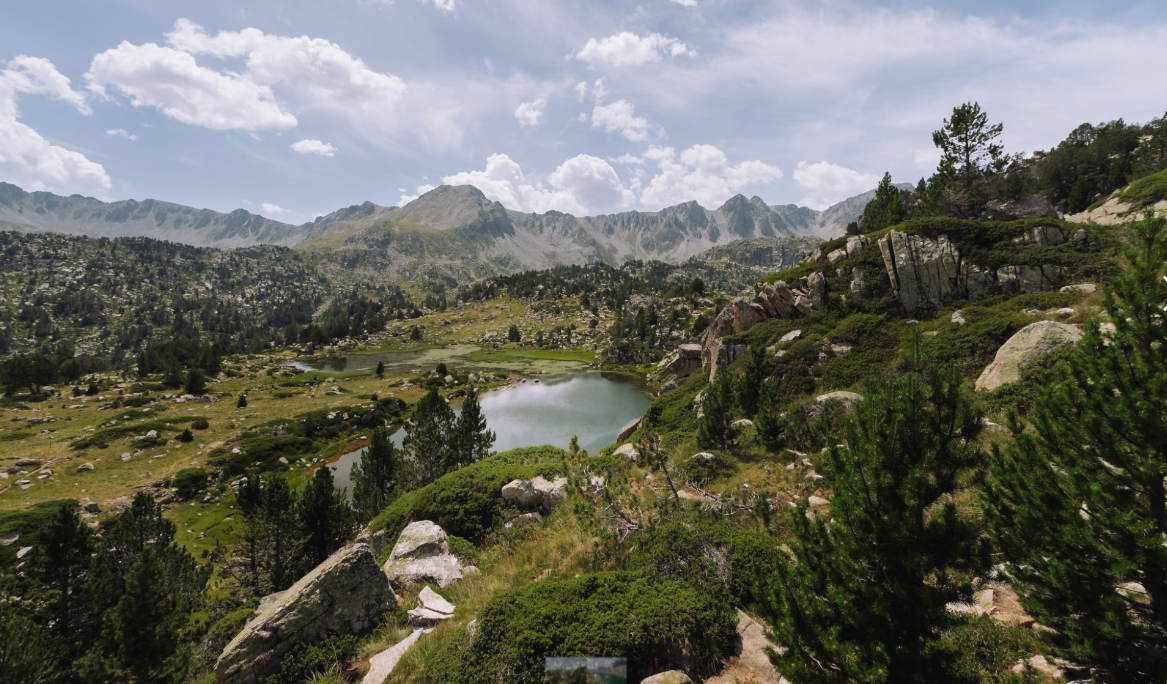The mountain pine forest (Pinus uncinata) on limestone in the Pyrenees is a habitat of priority interest for the European Union and, for this reason, the new Life Uncinata research project aims to conserve it, restore it and make it more resilient. The particularity of this habitat lies in the fact that it is only found in the Pyrenees and the Alps and that it is key to preserving the biodiversity of its environment, in accordance with the EU Habitats Directive. The focus of the research project is to improve the biodiversity of mountain pine forests, make it compatible with human activity and mitigate impacts such as severe fires and intense herbivory (plant consumption by animals).
The results of Life Uncinata will serve as a basis for establishing conservation plans for this habitat and actions transferable to other mountain pine forests in Europe. One of its essential aims is to contribute to develop and manage the European Natura 2000 network and to achieve the objectives of the European Biodiversity Strategy 2030.
The CREAF is part of the Life Uncitana consortium, coordinated by the CTFC and in which the Centre de la Propietat Forestal, the Fundació Catalunya La Pedrera, Integra Pirineus and Gestión Ambiental de Navarra SA are also involved. CREAF researchers Lluís Comas and Jordi Vayreda emphasise that Life Uncinata is key to “developing the standardised protocol for assessing the conservation status of mountain pine forests in the Pyrenees” and, in addition, they highlight “the challenge of locating and characterising the most mature forests to guarantee their protection”. The project coordinator, CTFC researcher Victor Sazatornil, states that apart from the interest of the species that make it up, in the mountain pine forest “multiple productive and recreational interests converge, and it is essential to prevent soil loss”.
Restore, preserve and gain resilience
To restore, conserve and make mountain pine forests more resilient, it is planned to create habitat conservation plans for each of the Special Areas of Conservation (SAC) in which work will be carried out. Among other actions, improvements will be made in forests that will be left to free evolution, as well as in forests in which different objectives other than conservation coexist. Depending on the site and the problems identified, the plan is to reduce the grazing of domestic livestock and wild herbivores, to promote actions to regulate excessive human use and to reduce vulnerability to forest fires.
The research team will carry out actions in different protected areas of the Pyrenees, such as the Parc Nacional d’Aigüestortes, the Alt Pirineu and Cadí-Moixeró natural parks and the headwaters of the Ter and Freser rivers. Action will also be taken in the Boumort national hunting reserve, the Larra-Aztaparreta forest reserve in Navarre and three large private estates in the Alinyà mountains, Pedró-Rasos and L’Estany.







